
Croatia is known mostly for its gorgeous coast: the beautiful stretch of beaches, islands and rocky coves running from Rijeka to its southern border with Montenegro. But it’s much more than that. Croatia also has Istria with its hilltowns, wines, and mix of Italian and Croatian cultures (as well as beaches) and Central Croatia which includes interior highlights such as Plitvice National Park and Zagreb (the country’s capital). Croatia is not just islands and beaches, it is history, fortresses, and some of the most stunning mountain geography you’ll see everywhere (note: we loved Croatia so much we ended up living there for a year).
This guide provides the basics on everything you need to know: Places to Visit, Costs, and information on the best time to come.
See my Croatia in 7 days itinerary
Places to Visit
.
(From north to south)
.
Zagreb
Zagreb is Croatia’s biggest city as well as its capital. Unlike the coastal towns and islands listed below, Zagreb is a Central European city and many will recognize aspects of Budapest or Vienna (although on a much smaller scale). Worth seeing is the St Mark’s Church, Zagreb Cathedral, Jelačić Square, and Strossmayer Square (essentially a large rectangular park extending from the train station). Zagreb might be your entry point to Croatia if flying in outside of high season – don’t avoid it, it’s another side of Croatia and is worth a short visit.
Recommended: This 2.5 hour walking Tour. Zagreb’s little streets can be confusing.
Accommodation: Where we stay: the Doma Zagreb Aparthotel . Very close to Jelačić Square. Perfect for a day or two.
Related: What’s Zagreb like? Reflections on scams, graffiti, and pleasant surprises
.
Plitvice National Park
This is the most touristed inland attraction in Croatia, famous for its emerald-blue lakes and waterfalls. There are 16 lakes, all connected by trails and wooden bridges crossing fast running streams. It really is a lush, beautiful “waterworld”. Our tip: 1) don’t rush it. Take 2 days and explore the park at your leisure, enjoying a taste of Croatia away from the coast 2) avoid summer – Plitvice gets PACKED with tourists.
Tours. I think Plitvice deserves an overnight stay. However, if you are limited for time, then I recommend one of these Full-Day tours: from Split, from Zadar, from Zagreb.
Accommodation: There are 2 government run hotels which are situated within about a hundred meters of entrance 2 to the park. Hotel Plitvice is the better of the two (the other is Hotel Bellevue). If you can, stay the night and explore before the day trippers.
Related: Plitvice Lakes: Impressions, Tips and Regrets
.
Rovinj
Located in Istria (northeastern Croatia), Rovinj is the jewel of this region. It is a small town that sticks out into the sea (it used to be an island). In the middle of town, on a hill, is the Church of St. Euphemia. Its bell tower is prominent and can be seen miles away. Rovinj is just about the prettiest place you’ll see anywhere, with pastel-coloured buildings, windy alleys, and fishing boats in the harbour. It’s also known for its glorious sunsets.
If you are on a rushed schedule, 1 day will be enough to explore Rovinj. But if you have time, Rovinj is the kind of place you might want to stay awhile. Besides the old town, there are beaches as well as great cycling opportunities very close to town. Rovinj also makes a great base for exploring nearby coastal towns such as Pula, Porec, and Novigrad, as well as the hilltowns of Istria.
Related: Exploring the highlights of Croatian Istria
Recommended Hotels. Hotel Angelo d’Oro (beautiful hotel right in the center of the old town), Luxury Apartment Fabris (beautiful apartment just a couple of minutes outside the old town), La Fondiaria (nice apartment right outside center, very good value).
Related: Reasons to Visit Rovinj
Zadar
The first (when driving north to south) of many beautiful cities along the dramatic Dalmatian coast. Zadar has Roman artifacts, churches and buildings (some dating from the 9th century), along with some modern tourist installations that make this a very popular town. Make sure to see Zadar cathedral (the cathedral of St. Anastasia). You can climb the belltower for great views. Visit the church of St. Donatus, the People’s Square (Narodni Trg), the Roman Forum, and the Sea Organ and Greeting to the sun.
If you want to go for a hike, go to Paklenica National Park on the slopes of Velebit Mountain.
Recommended Hotels: Teatro Verdi Boutique Hoteland Bastion Heritage Hotel – Relais & Châteaux.
Related: Why go to Zadar? Here’s why it’s worth a (short) visit
Šibenik
Šibenik is often overlooked by visitors to Croatia (Zadar, an hour up the coast, gets more tourists). So why is Šibenik special? Firstly, it has the Cathedral of St. James, a UNESCO World Heritage site. I personally think it is the most impressive church exterior in Croatia. Across the square (and it’s a really gorgeous square) is the impressive Town Hall built in typical Venetian-loggia style. Steps away is the Church of Santa Barbara. The old town is built on a hill and there are lots of steps and narrow winding alleys. They’ll lead you to St Michael’s Fortress at the top of the hill from where you’ll have great views of town and the sea and islands beyond. A 20 minute walk inland brings you to 2 other fortresses, both with equally stunning views. A 4th fortress (St Nicholas’ Fortress) is a few kilometers out of town, guarding the channel that leads to the city. Šibenik is not the best place for beaches – but if you’re looking for history and architecture it’s very impressive.
Close by day trips: Krka National Park and the pretty town of Skradin (the jumping off point to the national park). The small coastal town of Primosten is very nice and reminds people of a smaller Rovinj.
Hotel recommendation: Apartments Laurus. In the town center and reasonably priced.
Related: Why you should Visit Šibenik
Trogir
Trogir is a small town with a huge concentration of attractions for a place of its size. It has a famous Cathedral, a belltower (that you can climb), a fortress, a seaside promenade, and a whole bunch of churches within a walled old town. Trogir is a UNESCO World Heritage Site and is incredible well preserved. Walk around in the evening or the off season and you’ll feel that you’ve stepped back to Venetian times.
Trogir is about 40 minutes up the coast from Split and is worth a day trip.
Tours: This 1.5 hr Walking Tour is recommended.
Hotel Recommendations: Bifora Heritage Hotel (beautiful hotel right across the bridge from the old town), Tragos Lemon Tree (apartments in the old town), Guest House Tiramola (also right in the heart of the old town).
Related: A Day Trip to Trogir
Split
Split is Croatia’s 2nd largest city (after Zagreb) but in reality feels like a town (it has a population of about 250,000). Split is famous for Diocletian’s Palace, built by the Roman Emperor Diocletian. The palace comprises of most of the old town – it is essentially a walled city accessed through four huge gates. Within the walls you’ll find churches, palaces and squares including the Peristyle: the main square which features an arcaded courtyard and looks out over St. Domnius Cathedral and its magnificent bell tower (which you can climb). Besides the palace, Split has the Riva (the promenade along the harbour) and Marjan Hill (a large city park with glorious views over the city). Like Dubrovnik and Plitvice National Park, Split is a UNESCO Heritage site.
It’s no secret that Split is our favorite place in Croatia. Firstly, it hasn’t sold its soul the way Dubrovnik has – you’ll still see locals living/shopping/eating in the city center. It is still a real city. Secondly: it’s the best base from which to visit both the islands and the Dalmatian interior. There’s lots to see in the area.
Recommended Tours: A 1.5 Hour Walking Tour. If you’re a Game of Thrones fan you’ll like this tour of Game of Thrones locations around Split.
Hotel Recommendations*: The Best Hotels in Split
*I should warn you: Croatia is a place where prices triple in the summer months. You can easily pay 250-300 Euros/night for a nice hotel room in summer. Go in October or November and they’ll be in the 100-150 Euro range. I always recommend to people that they visit Croatia in the shoulder seasons or even in winter (when you have clear, sunny days in the 15C-20C range).
Hvar Town (Island of Hvar)
If you are limited on time and want to visit at least one Croatian island it should probably be Hvar. It is the most popular of the Croatian islands and can get quite busy in the summer. This popularity is due to 1) its reputation as a party island, 2) its beauty, 3) its historical attractions (Venetian-era buildings, plus a wonderful fortress overlooking the town). It really is a beautiful place. Hvar Town can easily be visited on a day trip from Split.
(if you’re looking for a more relaxing kind of island experience, I’ve got a few others further down the list).
Hotel Recommendations: Successus Old Town House, Kampanel 10,Apartments Lea. All are located in the old town. Book early because they go fast!
Organized Tours. There are tons of tours to the islands from Split. Not all of them are good though. This Tour, on a catamaran, is recommended.
Related: Is Hvar as bad as it’s reputation? A Daytrip to Hvar
Town of Bol (Island of Brač)
Brač is a beautiful island with a couple of nature spots that have made it famous. Both are near the small and charming town of Bol. The first is Zlatni Rat beach, the most famous beach in Croatia. The beach is an almost-triangular spit of smooth white pebbles that extend out into the sea, the water on either side clear. It’s a beautiful beach. The second natural attraction is Vidova Gora, the highest peak in the Adriatic Islands at 780 m. You can hike up in 2 hours and enjoy views looking straight down at Zlatni Rat.
Bol itself is a little town and many visitors come for the relaxed lifestyle. There’s a 2km path leading from Bol to Zlatni Rat lined with nice hotels, resorts and other beaches. Tip: there’s a fantastic winery in the center of Bol called Stina – go there for some wine tasting.
Bol has something for everyone, whether it is to explore for a few days or to have a prolonged beach holiday. It is not as crazy as Hvar Town and has more attractions than Vis Town.
Hotel recommendations: Zlatni Rat Beach Hotel, Villa Zlatni Rat, Bluesun Hotel Elaphusa.
Organized Tours. If you don’t have the time to stay in Bol or take the ferry, there are some good tour options that will allow you to see the town as well as famous Zlatni Rat beach. This Day Tour from Split is recommended.
Related: Why Bol (Brač Island) should be on your list of places to visit in Croatia
Vis Town (Island of Vis)
If you ask a Croatian which is their favorite island many will say Vis. Compared to both Hvar and Brac, Vis is really laid back. When Spanky needed a break last summer she came here for 10 days and fell into the island lifestyle. She loved it. Vis town is pretty and extends along a bay overshadowed by large hills. Further along you’ll find little bays with beautiful beaches and pine forest. If you want a relaxing Croatian island this is the best destination on this list.
Omiš
About halfway between Split and Makarska is the small town of Omiš. You can’t miss it – you’ll pass over a river (the Cetina river) and see huge cliffs rising on either side of the gorge. It’s very dramatic scenery.
Omiš is known as the Adventure Capital of Croatia. You can do ziplining here (Croatia’s longest ziplining), some canyoning, climbing, white water rafting as well as hiking. At the top of one of the cliffs, looking straight down, is the Starigrad Fortress which you can hike up in 45 minutes (I’ve hiked up a few times, just because the views are so amazing).
The town itself is small and picturesque, with a 2nd fort (the Mirabella Fortress) that is worth a visit. There is also a very nice beach in town.
I always love Omiš. It’s only 30 minutes by bus from Split.
Hotel Recommendation: Hotel Plaža (right in the center of town, steps from beach), Lighthouse Central Apartments (friendly, modern apartments, sea views and good prices).
Organized Adventure Activities in Split. A popular thing to do is white water rafting in the Cetina River for either 3 hours or 5 hours.
Related: Omiš: Croatia’s Adventure Capital. And why it’s my favorite small town in Croatia
Makarska
Makarska, in our opinion, has the most spectacular coastal geography in Croatia. It is a small town known mostly for its beaches (some of the best in Croatia) and for its location at the foot of Mt.Biokovo, Croatia’s 2nd highest mountain. The town itself is pretty but, apart from the main square, doesn’t feature any significant attractions. Instead, Makarska is the place to enjoy nature: lying on the beach, enjoying the views, hiking and biking along the trails around town. If you’re feeling adventurous you can hike or drive up Mt. Biokovo – It’s a National Park with full of INCREDIBLE viewpoints, educational trails, as well as historical attractions.
Hotel Recommendations: Hotel Park Makarska (big modern hotel on the beach with a pool. All with fantastic views), Hotel Osejava (modern hotel, pool, great views), Apartment Petra & Apartment Rustic (fully equipped apartment, right in the old town, steps from everything).
Related: Why you HAVE to visit Makarska
Korčula Town (Korčula Island)
Known as “little Dubrovnik”, Korčula has fortress walls and towers lining the exterior of the town, with palaces, churches, and beautiful squares in the interior. With the backdrop of sea and mountains it is incredibly photogenic.
It’s not a big place. You can easily see it all in a day. But it’s worth a visit for its history and beauty.
Hotel Recommendations: There are no “hotels” in Korčula town but there are a few excellent guesthouses: Guesthouse Franica,Maria’s Place, and Guesthouse Dijana are all recommended.
Organized Day Trip from Dubrovnik. This one is recommended.
Related: Korčula Town in photos
Dubrovnik
It’s the most famous tourist destination in Croatia. You can’t come to this country without visiting Dubrovnik. It has an incredible old town of churches, palaces and towers, all surrounded by thick defensive walls. The highlight is walking those walls – they cover a circuit of 2 km with different views of town and sea from every angle. Visit the St. Lawrence fortress and go up Srd Hill on the cable car. Dubrovnik is full of spectacular views. The city gets very busy and can be expensive – but it is definitely worth a short visit.
Near Dubrovnik: the charming town of Cavtat with its old town and beaches, Mljet National park (for hikers and nature lovers), the Peljesac Peninsula (great beaches, hiking, and gastronomy – with views overlooking Korčula). A bit further: Mostar in Bosnia and Herzegovina (recommended as a sharp contrast to the Dalmatian coast) and Kotor in Montenegro (for some of the most spectacular geography you’ll see anywhere).
Hotel Recommendations (be warned that Dubrovnik is expensive): The Pucic Palace (one of the few hotels in the center, beautiful old world hotel), Hotel Excelsior (gorgeous modern hotel, a quick walk outside the old town looking over the sea), Apartment Cativla (right in the old town, gets great reviews, better value).
Tours: It’s a good idea to pre-buy your tickets for the City Walls as Dubrovnik is now limiting the number of people per day. This tour combines a 2 hr City Walls tour with a 1.5 hr walking tour of the Old Town.
Costs in Croatia
Lodging: The price of lodging in Croatia depends on the season. June, July and August are expensive all over and you’ll pay about $100 Euros/night for an Airbnb apartment (if you book early) and substantially more for a hotel room. But come any other time of the year and you’ll pay half of that. We use Booking.com for the best prices on Hotels in Croatia.
Food: If you want to save money on food, you can eat burek (meat, spinach or cheese filo pastry) at the bakery for 2 €. They’re good and very filling. Croatians do pizza well and when Croatians eat out it’s usually at a Pizzeria where you can pay about $10 Euros for a good pizza. For a good three course meal with a glass of wine in an moderate restaurant, you’ll pay 30-50 Euros per person. Beer is 2-3 Euros. A glass of wine is slightly more. The most popular local white wine is Istrian Malvasia (It is of very good quality, light and not too expensive). If you prefer red wine, the most famous local red is Plavac Mali.
Transportation: The only train route in Croatia runs from Zagreb to Split. Otherwise, bus is the way to get around (there are never toilets on board but they do make toilet stops). The absolute best way to get around Croatia is by car – this is especially try if you want to visit some of the smaller towns or sites. Or to stop at viewpoints along the coast.
Uber is available in the bigger cities and is the cheapest method (outside of local buses) to get around town.
Airports are small and seasonal. Lots of low cost carriers fly into Split, Dubrovnik and Zadar airport from May to October. The rest of the year there are almost no direct, international flights in and from these airports. Instead you need to go through Zagreb airport. The islands are connected to the mainland by ferries which are frequent. Some of the tourist towns like Hvar Town, Bol, and Korkula are served by catamarans that make for quick trips. Ferries are a fun way of getting around coastal Croatia.
When to come
I always recommend that people come March – May, Sept – Oct. This “shoulder season” is great along the coast – weather is usually sunny and warm (but not hot), you don’t get the summer crowds, and prices are reasonable. But, depending on your activity, anytime of year is great. We’ve been in Split at New Year’s, sitting at an outdoor cafe, in t-shirts. I’ve done a lot of hiking in Croatia and a sunny day in the winter months is actually the best time for this activity. If swimming in the sea is what interests you, the Adriatic is warm enough for swimming from the beginning of May to the end of October. If partying is what you like, then come in the summer months when all the young party people flock to Croatia to attend festivals and cruise the coast. There’s something for everyone in Croatia.
We have tons of detailed posts on Croatia on the blog. Simply browse the Croatia category.
Related: The Best of Croatia (and around) Itinerary
Related: The Best Day Trips from Split (Croatia)
Related: Comparing and rating our favorite Balkan capitals
Ps. If you find our blog helpful, please consider using our links to book your flights, hotels, tours, and car rentals. Have a look at our Travel Resources page.
.


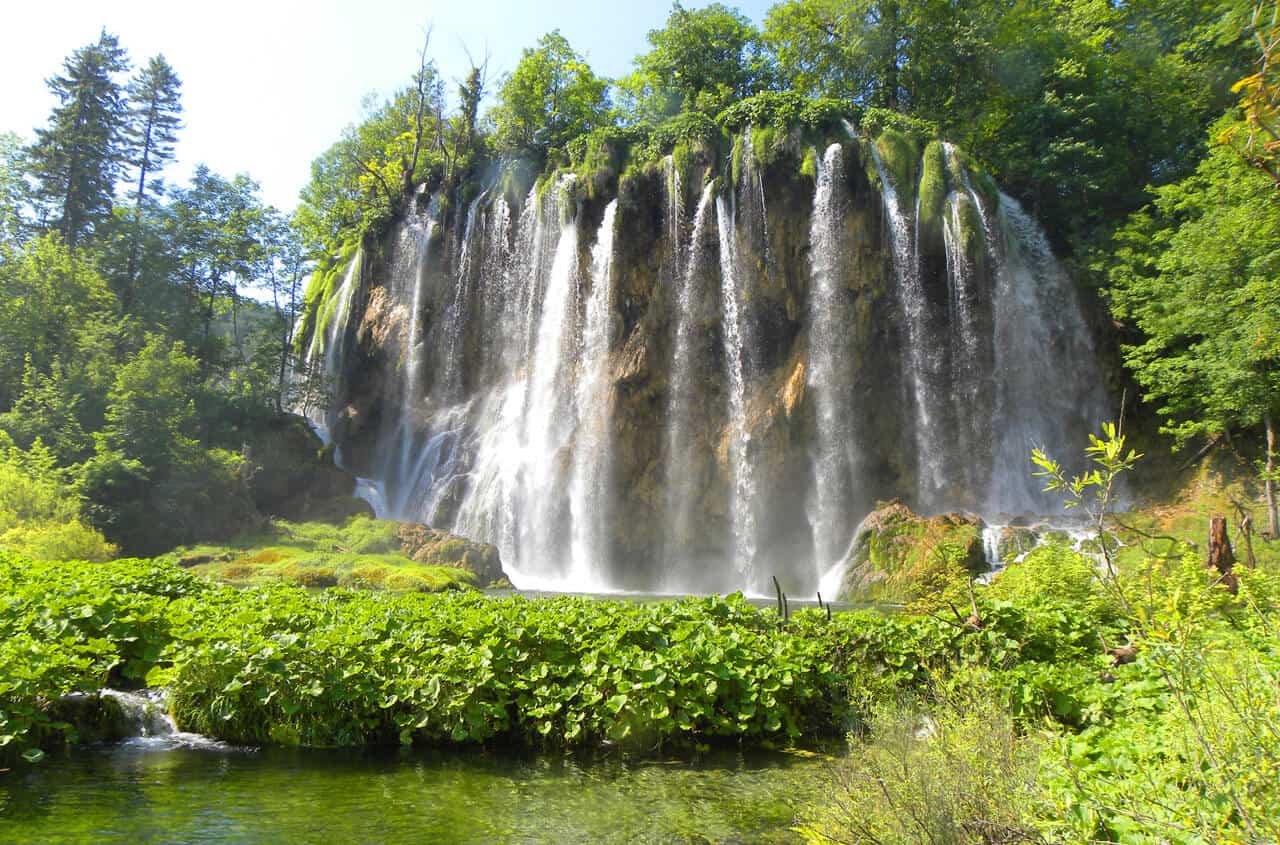
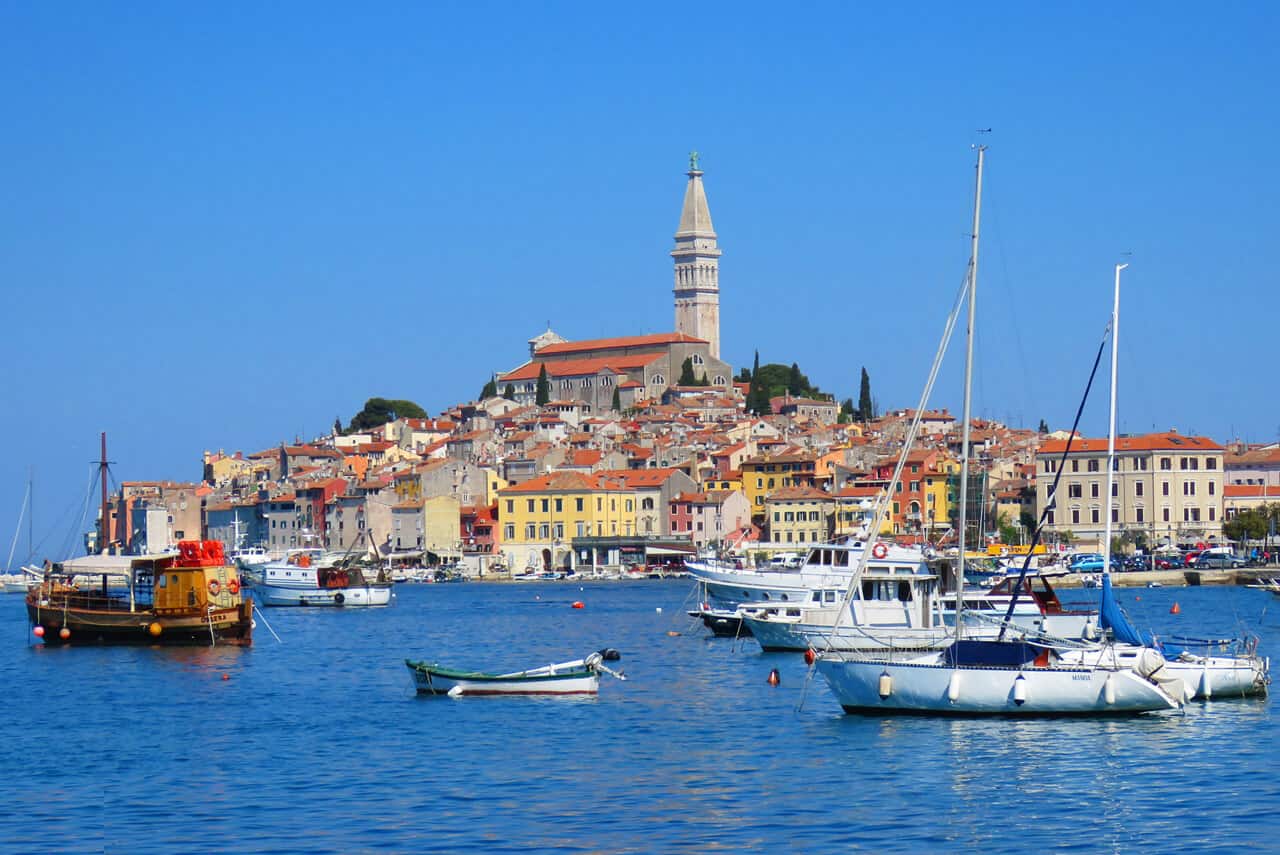


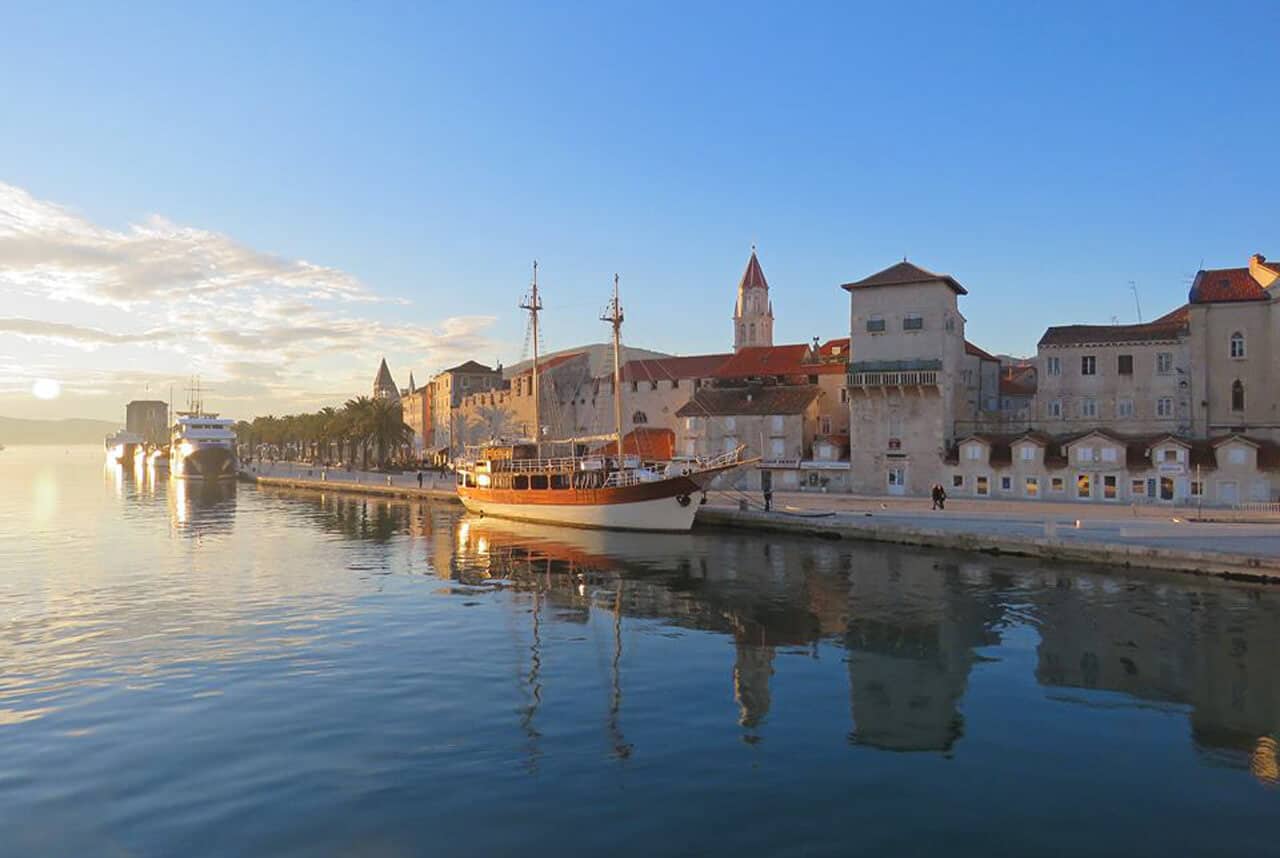

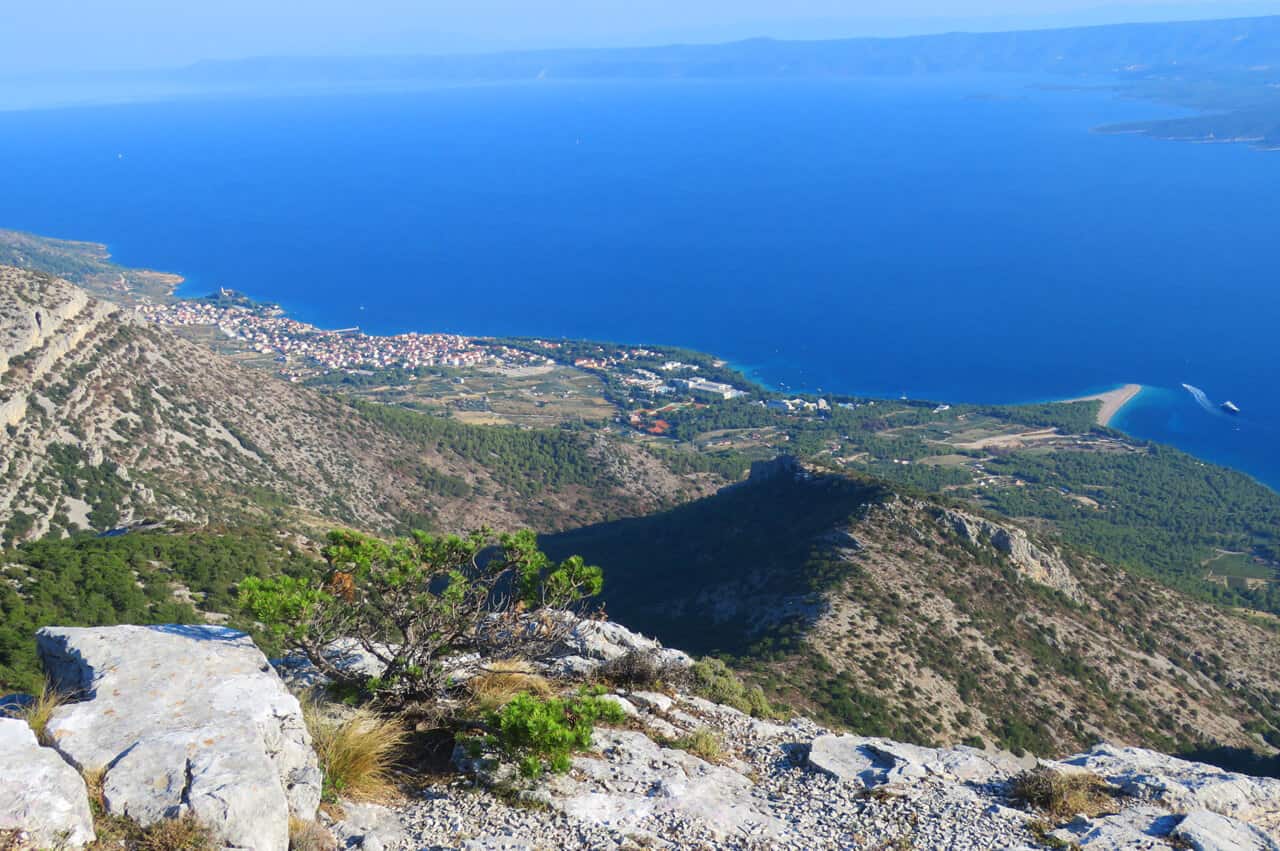

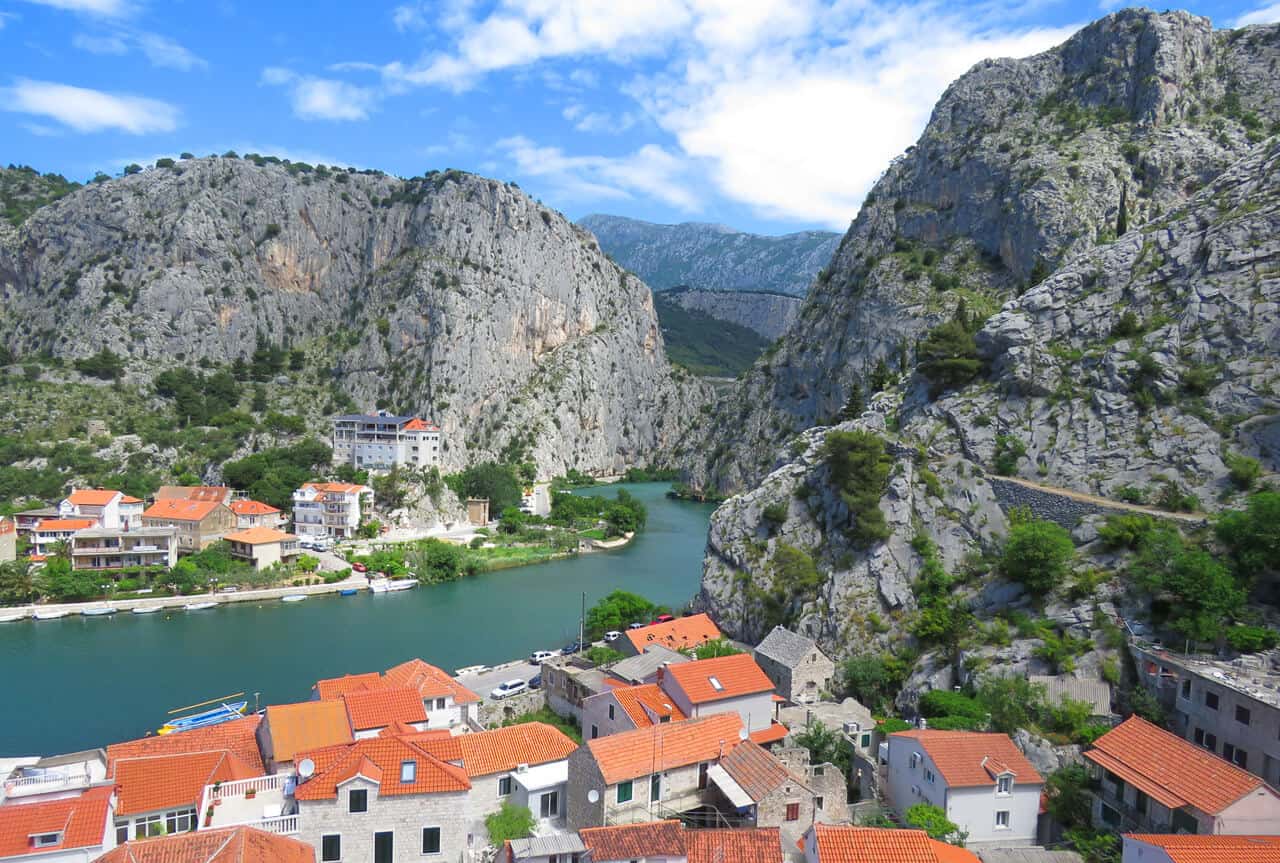

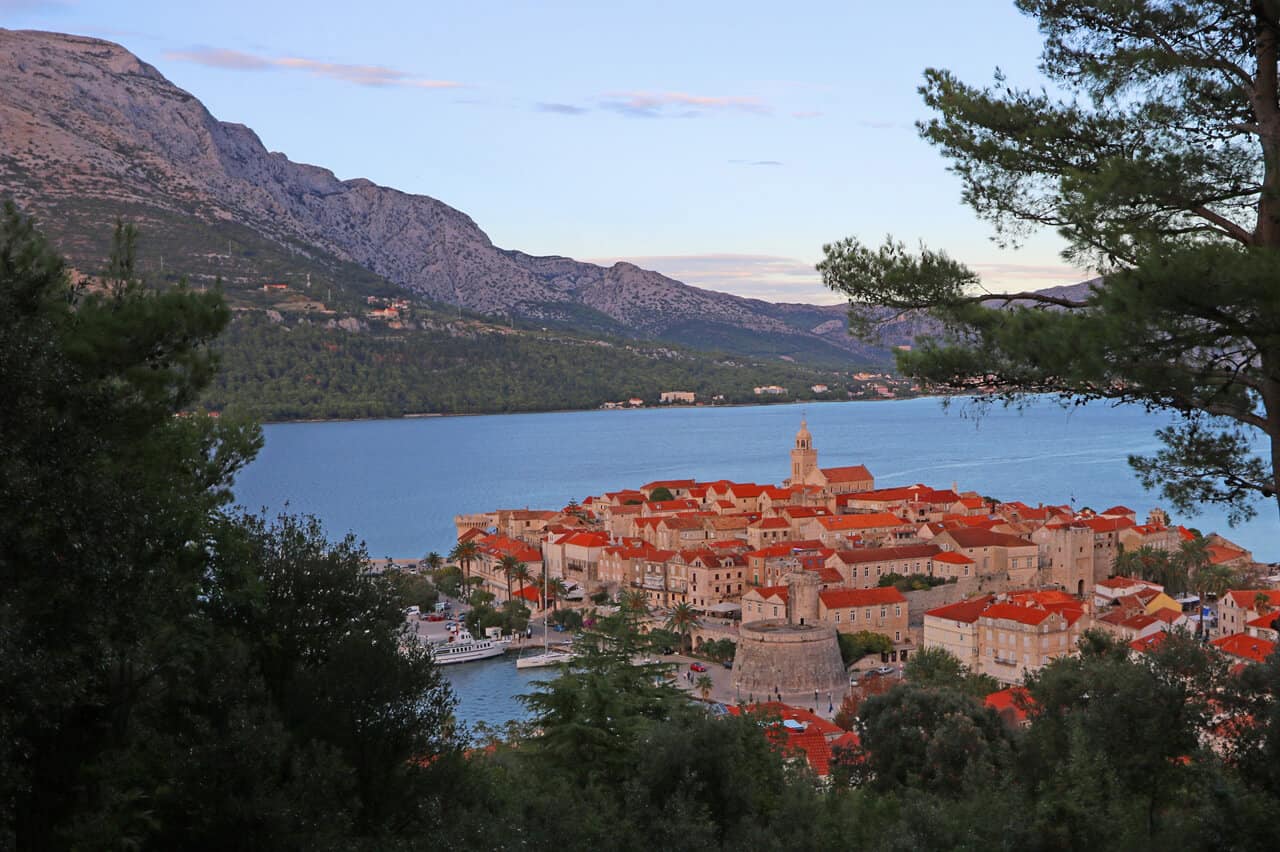





Leave a Reply